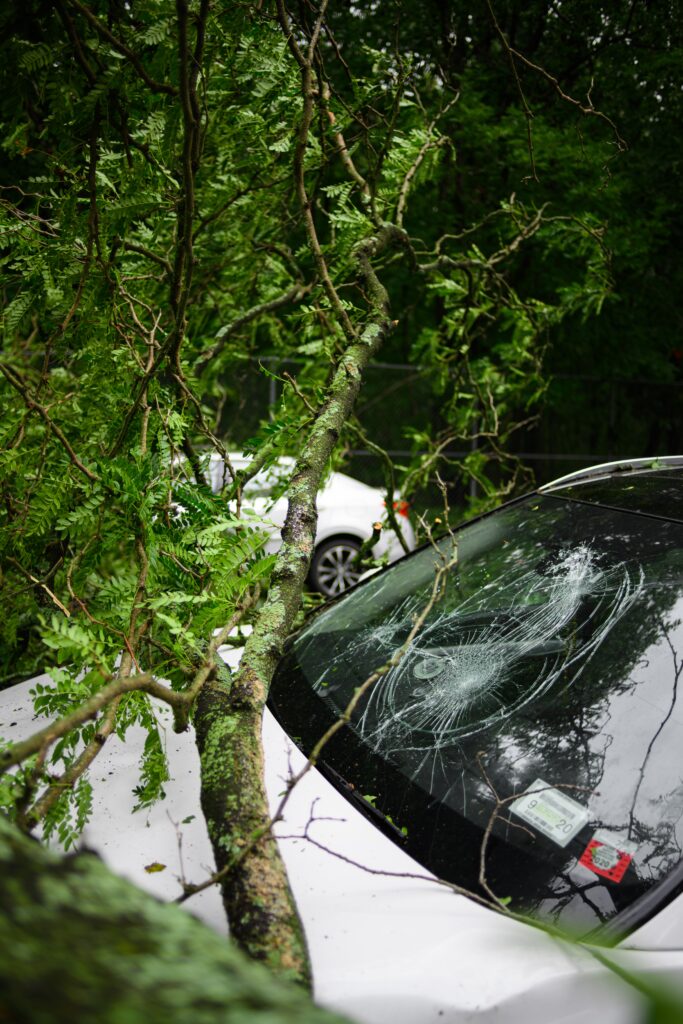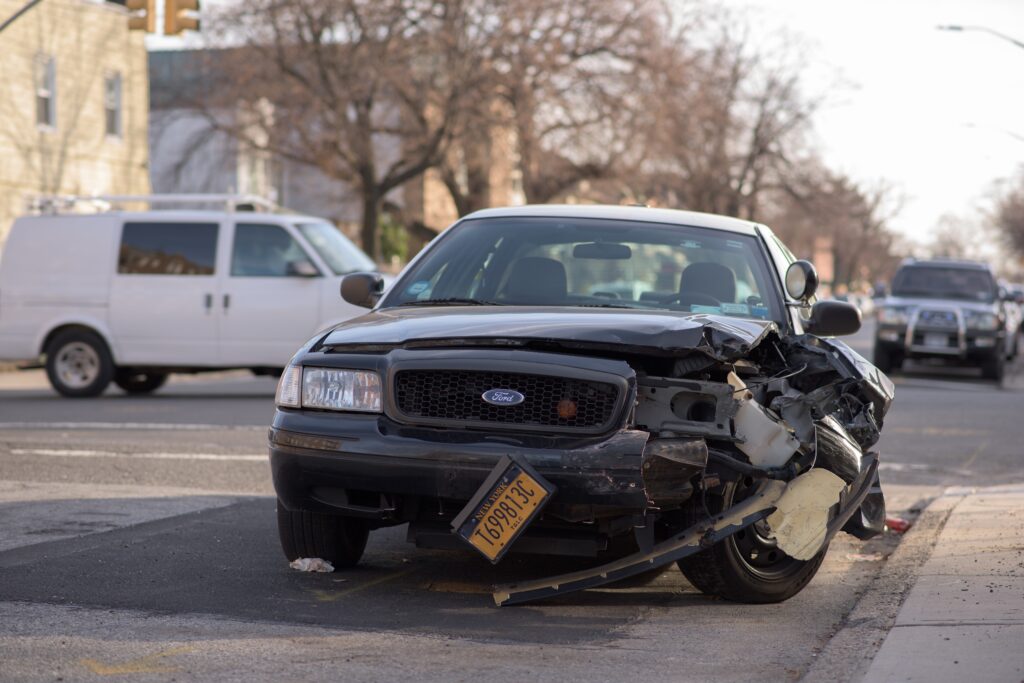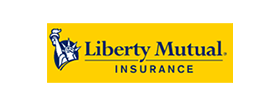When it comes to insurance, there are many confusing terms. Here is a list of 10 common insurance terms that it’s important for everyone to know.
1. Deductible
Your deductible is the amount you have to pay before your insurance company will payout for a claim. The insurance company will generally subtract the deductible from the total payout.
Example:
You file a claim for roof damage. Your deductible is $2,500 and the roof replacement will cost $10,000. The insurance company will pay $7,500, are responsible for the remaining $2,500.
2. Bodily Injury Liability
If you’re at-fault in an accident, this coverage pays for the injuries you cause to the other party. The limits are generally broken down by a limit Per Person and a Per Occurrence. Those limits are the most your policy will pay out in the event of a loss.
Liability coverage is required by law to drive.
Example:
The liability limits on your policy are $100,000/$300,000. The most your policy will pay out is $100,000 for any individual person you injure in an accident. The greatest amount your policy will pay for all injuries sustained in the accident is $300,000.
3. Property Damage Liability
If you damage property in an accident that you cause, this coverage pays for the damages. Property can include anything from a car or house to a power line. The limit on your policy is the most your policy will pay for all property damaged in an accident.
This coverage is required by law.
4. Comprehensive Coverage

Comprehensive coverage is often referred to as “Other Than Collision” coverage. It pays for damage to your vehicle from causes not related to a collision. Such losses include fire, theft, vandalism, hail, and falling objects.
It’s an optional coverage that can be added to your auto policy for additional premium.
5. Collision Coverage

Collision coverage is exactly what it sounds like. When your vehicle collides with another object, collision coverage pays for the damage to your vehicle.
This can include colliding with another vehicle or an object like a guard rail or tree. A single vehicle accident where the car flips is also considered a collision.
This is an optional coverage that you can add to your auto policy for additional premium.
6. Uninsured Motorist Coverage
Uninsured Motorist coverage will extend if someone without insurance hits you. It covers the injuries sustained by you and the people in your vehicle. The coverage limits usually match your Bodily Injury Liability limits.
Most policies also include Underinsured Motorist coverage at the same limits. Underinsured Motorist coverage extends when the driver that hits you is underinsured. That means their liability limits are lower than yours and don’t fully cover your injuries. In that situation your policy will pay for the rest, up to your limits.
For both coverages, the other drive has to be at-fault in the accident for the coverage to extend.
7. Medical Payments (MedPay)
Medical payments coverage extends for injuries sustained by the people in your vehicle. The coverage can be used regardless of who is at-fault in the accident. There is usually a limit of $5,000/person, though that can vary.
Not all states offer Medical Payments coverage. Those states offer other similar coverages, such as Personal Injury Protection.
Example:
You get in an accident with 2 passengers and you each sustained minor injuries. Your policy will pay up to your Medical Payments limit for each person injured in your car. Even if you were at-fault.
8. Actual Cash Value (ACV)
Actual Cash Value (ACV) coverage takes depreciation into account at the time of the loss. If you have ACV coverage, your policy won’t pay to replace what is damaged. Instead they will pay the depreciated value, which subtracts for age and condition.
It’s important to ask your agent if your policy has Replacement Cost or ACV coverage.
On a homeowners policy, ACV is calculated by subtracting depreciation from the replacement cost. The depreciation amount depends on the age and the amount of wear and tear on each damaged object.
Example of ACV coverage on a home policy:
Your homeowners policy has ACV coverage and your roof has hail damage. For this example, let’s say it will cost $10,000 to replace the roof. The depreciation is 3% each year, and the roof is 10 years old at the time of the claim.
Your insurance company will subtract 30% (3% x 10 years) from the total cost for depreciation. So they will pay out $7,000 for the roof replacement, minus your deductible. You would be responsible for the remaining $3,000 plus your deductible.
ACV coverage can be calculated differently on auto insurance. Insurance companies will often pay out the Fair Market Value for a car. They find vehicles in the area with a similar year, make, and model. Then they calculate the average value of those vehicles. That is what they consider the Fair Market Value for your vehicle.
Example of ACV coverage on an auto policy:
You have a 2010 Honda Civic that is totaled from hail damage. The adjuster would find 5 other 2010 Honda Civics with similar mileage in your area. They would find out what those vehicles are selling for and calculate the average. That’s the “Fair Market Value” of that vehicle in your area.
9. Adjuster
An adjuster is the trained claim representative assigned to help you if you file a claim. They’ll examine the damage to your covered property and review your policy to determine what coverage you have. The adjuster is also responsible for issuing payment for your claim.
10. “Full Coverage”
The truth is, there is no such thing as “full coverage”.
The term “full coverage” is often thrown around when talking about car insurance. It doesn’t mean your car would be fully covered if there was an accident.
There are coverages, like liability, that you’re required to have. And there are optional coverages, like comprehensive, collision, glass, and roadside assistance. When someone uses the term “full coverage,” they’re usually referring to optional coverages.
The problem is that phrase means something different to everyone. One agent might interpret “full coverage” to mean only comprehensive and collision coverage. While another might add in roadside assistance and glass.
If an agent says your policy or quote has “full coverage,” ask them to be more specific. You might assume it includes a coverage and be left paying for it at claim time.
- Will Insurance Cover a Stolen Motorcycle?
- My boat is already paid for and rarely used. Should I still invest in boat insurance?
- Wondering If Homeowners Insurance Is A Smart Investment? What to Know
- Commercial Insurance: Security Upgrades For An Office Setting
- The Difference Between Classic, Historic, Vintage, and Restored Automobiles






















